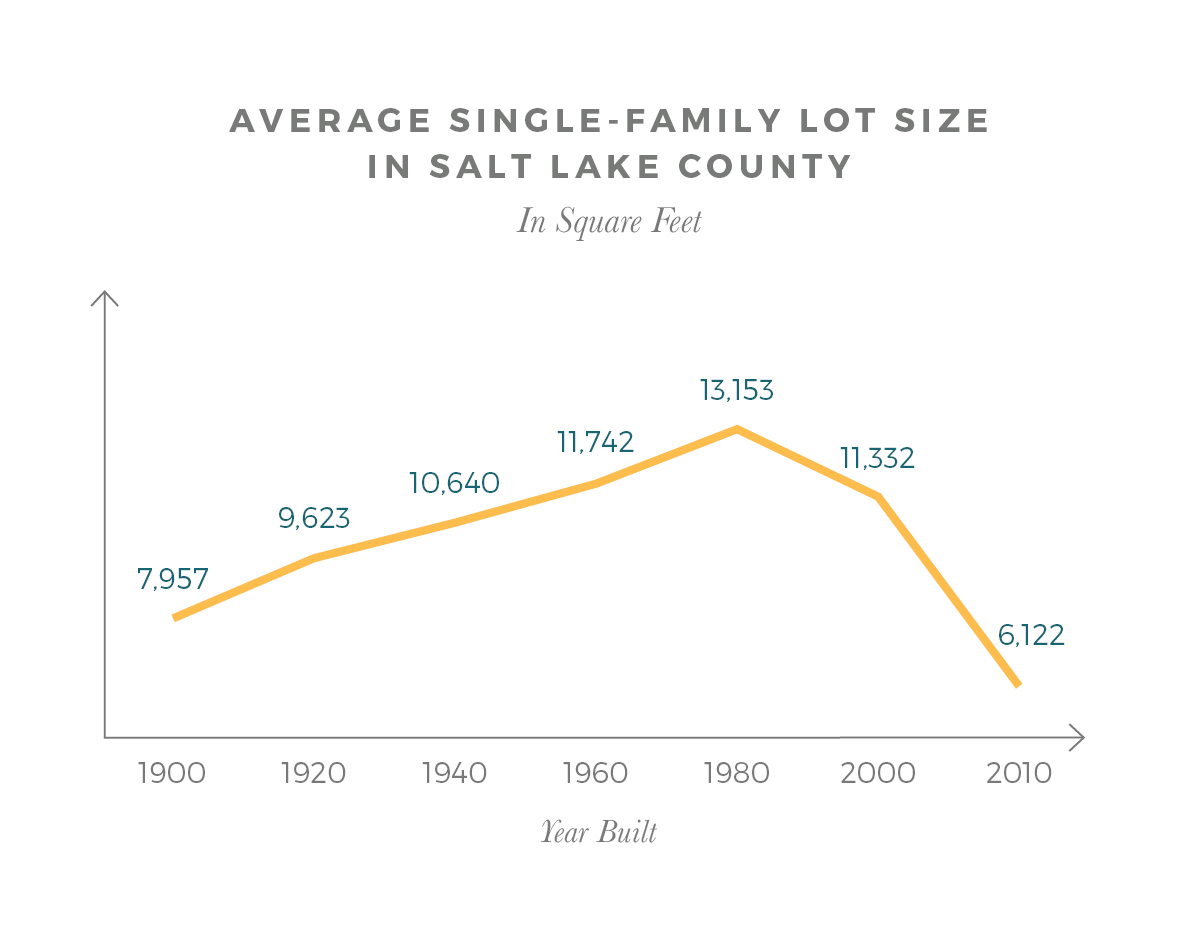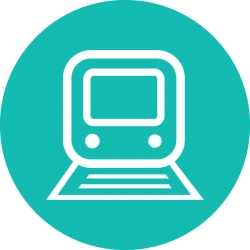Background:
The growth and development of communities and transportation systems significantly affect Utahns’ quality of life. Choices related to these issues directly impact air quality, household budgets, ability to grow local fruits and vegetables, and the convenience of traveling from one place to another. Utahns want to live close to shopping, restaurants, jobs, schools, and services, and they want their communities to be walkable with reduced car traffic, so they can live healthier and breathe cleaner air. They desire more time with family and friends and to spend less time driving. They also want quality housing in safe communities.
Utah is primed to create the types of communities that its residents want and can afford. The housing market is shifting to fewer large-lot homes and more compact housing such as small-lot homes, townhomes, condominiums, and apartments. Additionally, Utahns are doing more shopping online, and as a result, our communities will support fewer retail stores, freeing up land to be redeveloped into mixed-use centers that combine housing with retail, jobs, recreation, and other amenities. These market changes create a tremendous opportunity to design communities that provide the convenience and quality of life that Utahns want, even as the population almost doubles in the coming decades.
The kinds of communities in which we live, work, and shop have a significant impact on our daily lives. Equally important is how we link communities together with roads, rail, trails, and other transportation options. Together, the structure of communities and transportation systems determine not only how quickly and easily Utahns can access destinations, but also how much time they can spend doing the things they really like. How Utahns design their communities and distribute housing options also affects household costs, taxes, and other expenses, as well as the opportunity for all Utahns to live in safe, desirable communities.
When communities are organized so that people live close to shopping, jobs, public transportation, and recreation, people are able to drive less, which in turn reduces travel times, the cost of building and maintaining roads, household transportation costs (gas, car maintenance, etc.), and air pollution. These communities can even improve our health by making it more convenient to bike or walk to our destinations.
When communities are more spread out, however, roads, pipes, utilities, and other basic infrastructure must be longer to reach every household and thus become more expensive to build and maintain. Utah’s agricultural future is also impacted by spread-out communities with larger lots that use more land and water.
The development of transportation and communities affects Utahns in many ways:
- Air quality is affected by how energy efficient and low emission buildings are and by the transportation options available.
- Recreation is affected by how easily Utahns can access parks, trails, and other recreational areas and by the convenience of walking and biking in communities.
- Individual and community health is affected by the convenience of walking and biking to everyday destinations.
- Disaster resilience is affected by how buildings are constructed and whether Utahns build in areas prone to earthquakes, floods, and fires.
- Housing and cost of living are affected by how well communities supply the types of housing Utahns want and can afford; by the cost of building roads, pipes, and other infrastructure, which determines how much Utahns pay in taxes, utility bills, and fees; and by how easily Utahns can reduce transportation costs by walking, biking, taking public transit, and driving less often or shorter distances.
- Agriculture is affected by how much farmland and water must be used to meet the needs of expanding communities.
- Energy costs and supply are affected by the energy efficiency of buildings and by the available modes of transportation.
- Water use is affected by how much farmland, and thus agricultural water, is converted to build homes and businesses and by the size of yards and type of landscaping.
When Utah’s cities were settled in the 1800s, they were designed with grid street patterns and centered around community destinations, including government centers, churches and temples, parks, and other civic institutions. Utah’s communities were designed to allow people to travel conveniently on foot. Later, as automobiles became popular and cities were zoned to separate different uses, communities began to spread out. Homes were built on larger lots, businesses were surrounded by parking, and housing was separated from other uses like offices and stores. As a result, cars have become our primary—and in many cases our only—way to get around.

Because of increases in housing costs, in recent decades the Utah housing market has been shifting to smaller lots, townhomes, and apartments. Residents also want communities to have walkable main streets and mixed-use centers, much like the small towns and cities of Utah’s past. Many people also realize that their children, parents, and friends cannot afford to live near them because of the lack of housing options. Because the market is shifting to homes on smaller lots and other compact housing types, and because many existing retail stores will not be needed as more Utahns shop online, there is an opportunity to build walkable mixed-use centers with a variety of affordable housing types throughout Utah’s urban and suburban areas. Doing so will clean the air, reduce infrastructure costs, slow the conversion of farmland to homes and businesses, make people’s lives more convenient, and improve the overall quality of life.


